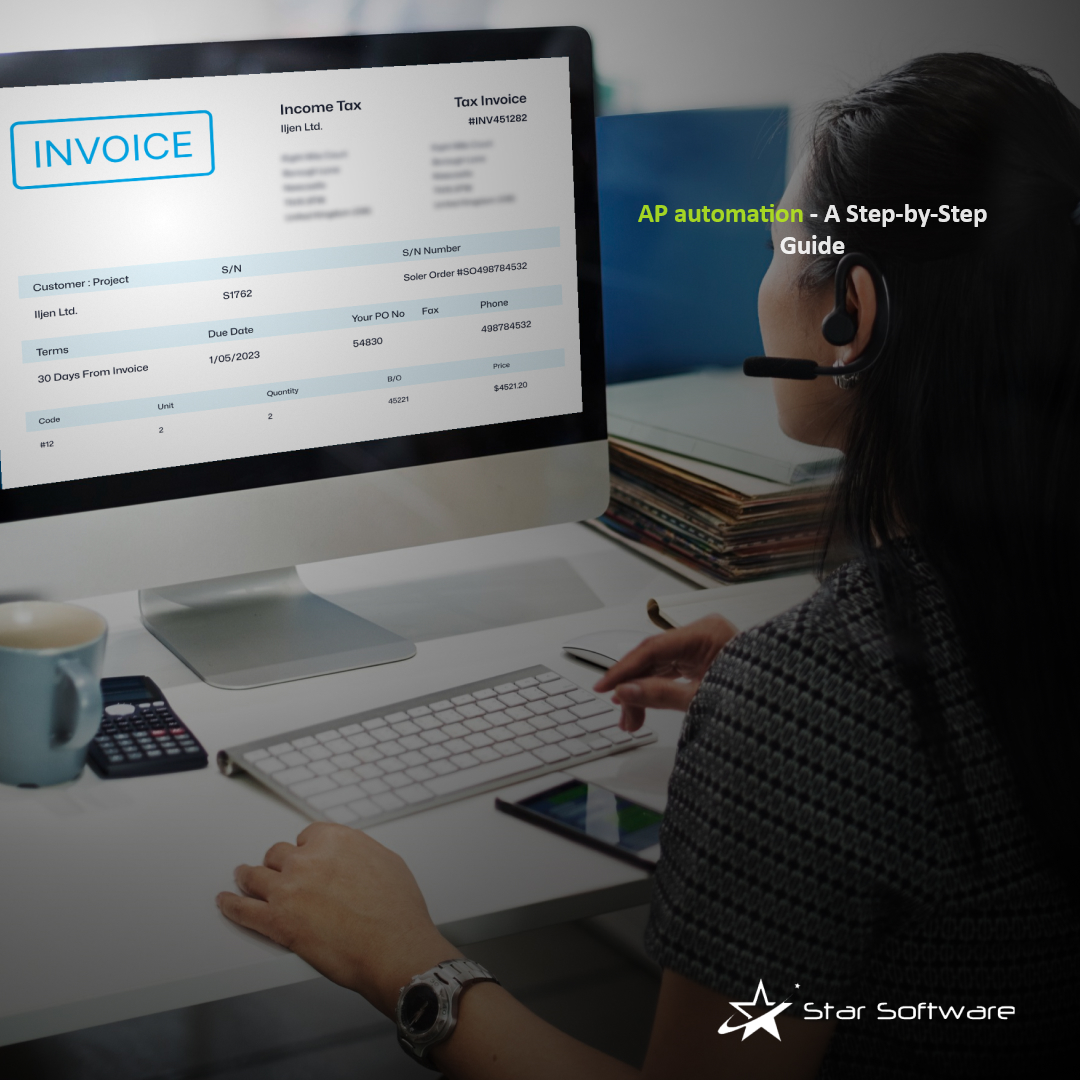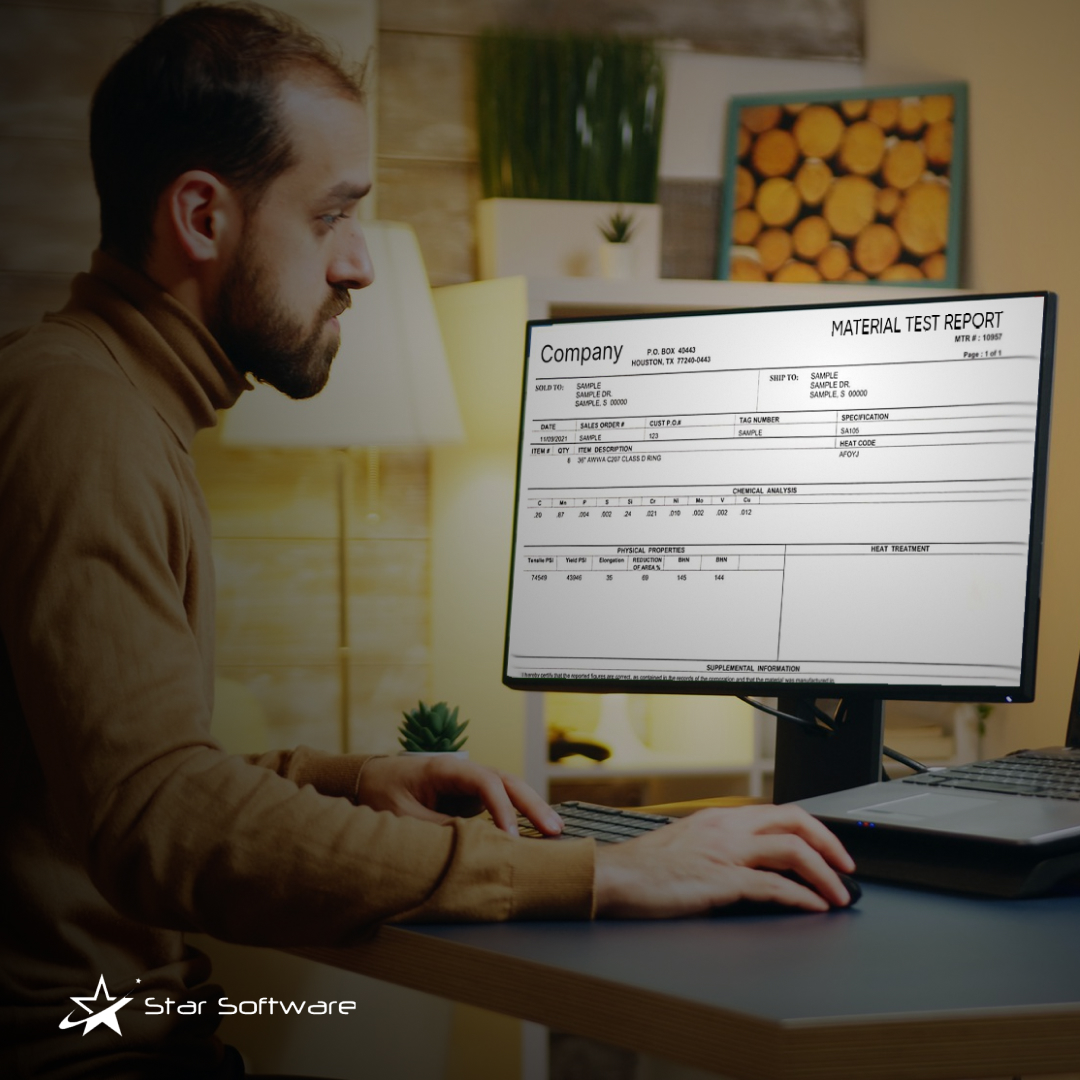Certificates of Analysis (COA) are crucial documents in industries like pharmaceuticals, food and beverage, and cosmetics. They certify that a product meets the required standards and specifications, ensuring safety, compliance, and consumer trust. However, managing these certificates can pose significant challenges for companies. In this blog, we will explore the common obstacles in managing COAs and how automation can offer effective solutions.
Common Challenges in Managing COAs
- Volume and Complexity: As companies grow and regulatory demands increase, the volume of COAs needed multiplies. Managing these documents manually can lead to errors and inefficiencies.
- Data Entry Errors: Manual handling of COA data is prone to human error. Incorrect data can lead to serious issues, including regulatory non-compliance and compromised product quality.
- Access and Retrieval Issues: Quickly accessing specific COAs from a large archive can be cumbersome and time-consuming when handled manually. This becomes critical during compliance audits or quality checks.
- Regulatory Compliance: Keeping up with changing regulations and ensuring that all COAs meet current standards is challenging and requires constant vigilance.
- Integration with Other Systems: COAs need to integrate seamlessly with other systems like quality management systems (QMS), enterprise resource planning (ERP), and supply chain management (SCM) to provide real-time data across various departments.
Automation as a Solution
The adoption of automation technology in managing COAs can address these challenges effectively. Here’s how:
Improved Accuracy and Efficiency
Automation reduces human error significantly by using software to generate, store, and manage COAs. Automated systems can pull data directly from production and testing equipment, ensuring that the information is accurate and up-to-date. This leads to increased efficiency in document generation and management processes.
Enhanced Retrieval and Access
With COA automation, companies can utilize advanced search functionalities that make retrieving a specific document instantaneous and straightforward. Whether it’s for an audit or customer request, the needed information can be accessed quickly and easily.
Ensured Regulatory Compliance
Automated COA systems can be updated to comply with the latest regulations. They can also include checks to ensure that every COA issued meets all regulatory requirements, thus minimizing the risk of non-compliance.
Seamless System Integration
Automated solutions can be designed to integrate with other key systems within the organization. This integration facilitates the flow of information, making sure that every department has access to up-to-date and accurate COA data. This is crucial for maintaining quality across the supply chain.
Scalability and Flexibility
Automation solutions are scalable, meaning they can grow with your business without losing performance. They can also be adapted to meet the changing needs of the market and technology, providing companies with a flexible tool that evolves with their operations.
Implementing COA Automation
Implementing an automated COA management system starts with choosing the right software provider. It is important to select a provider that offers a customizable platform with robust integration capabilities. Training staff to use the new system effectively is equally crucial, as is setting up a reliable support system for troubleshooting.
While the management of Certificates of Analysis can be fraught with challenges, automation presents a compelling solution that enhances efficiency, accuracy, and compliance. As companies continue to face increasing regulatory scrutiny and market competition, the effective management of COAs via automation is not just an option but a necessity. By embracing these technologies, businesses can ensure product integrity and build stronger trust with their customers and regulators alike.






